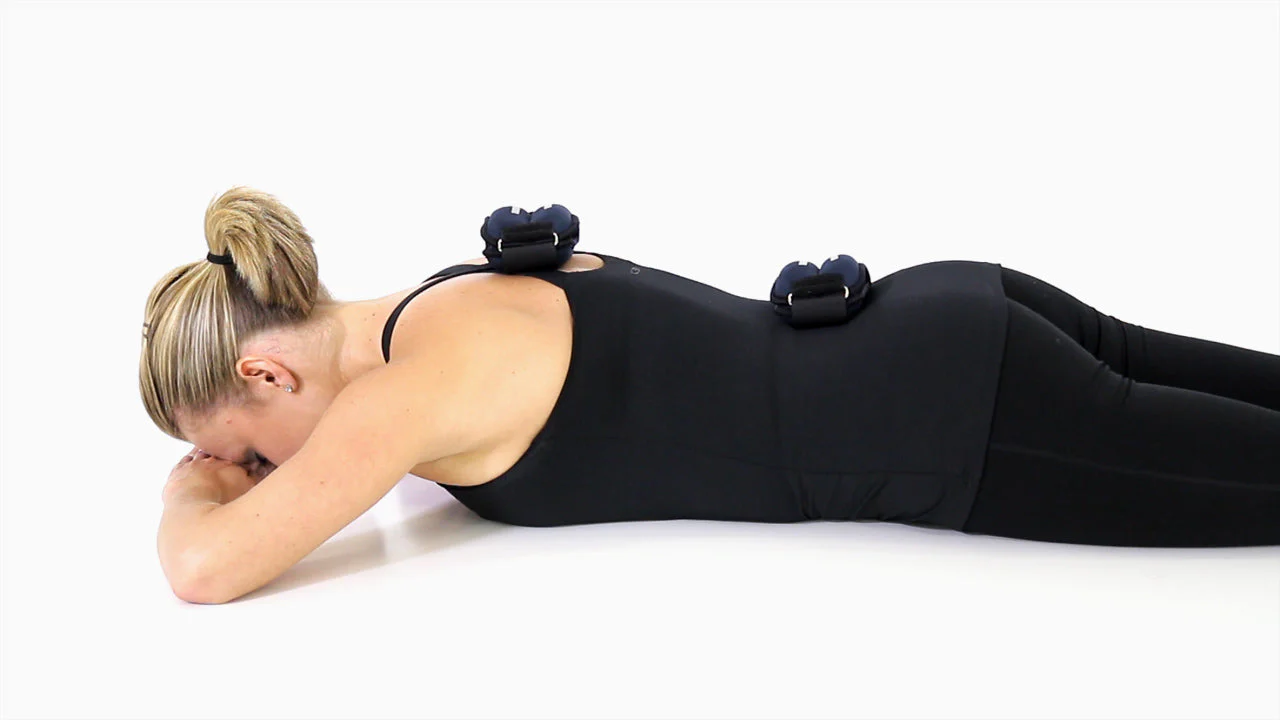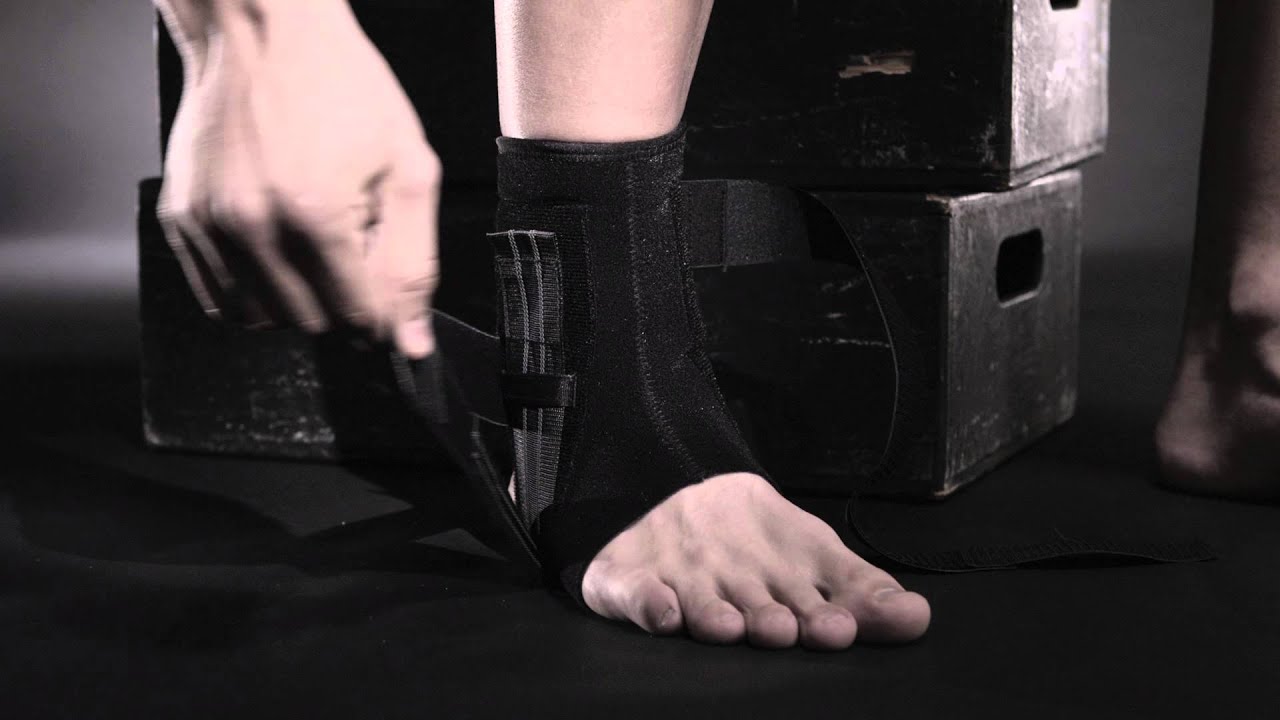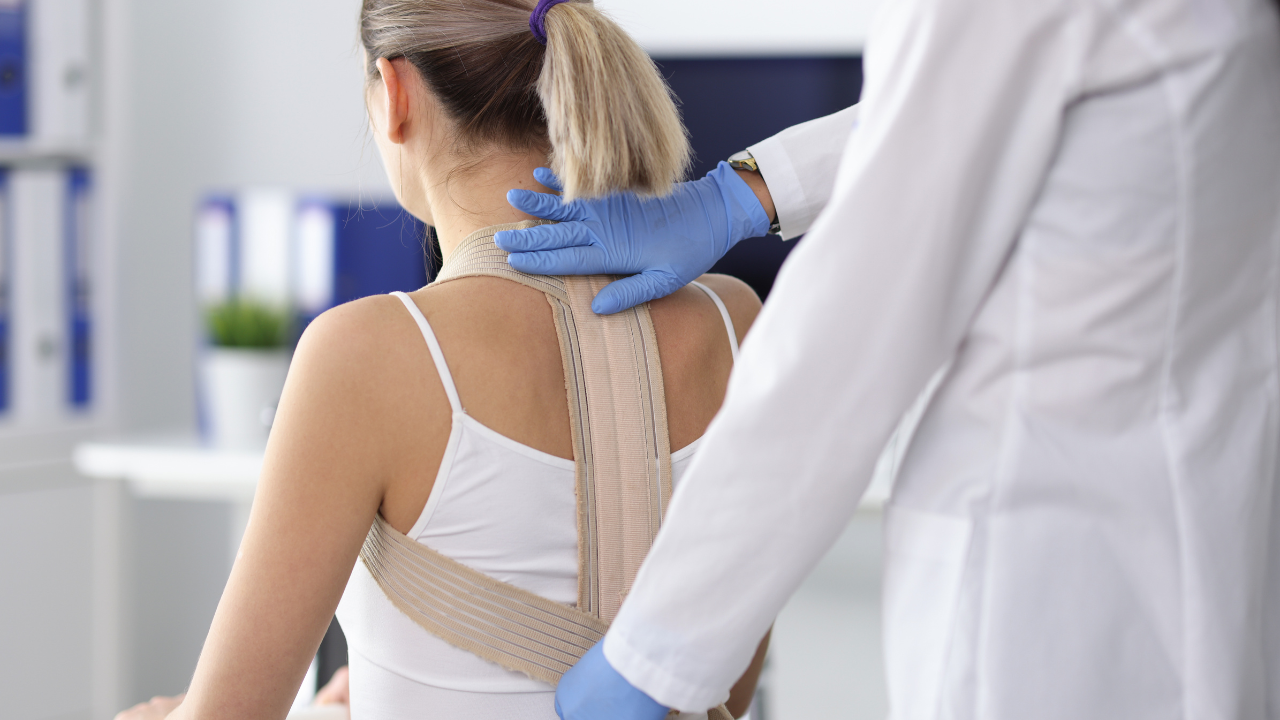Lower back pain is not sudden or dramatic. Most of the time, it builds on slowly with repetition, poor posture, or the sheer weight of everyday life. Soreness, stiffness, or deep weariness are just symptoms telling you that something is wrong.
A lower back brace is not the end-all for every serious injury. It has simple applications in helping support treatment, improve posture, and maintain an active lifestyle. If you're at all wondering whether it's time for you to put one on, these are five unmistakable signs for you to look out for.
1. It Hurts After a Normal Day of Activity
If your lower back aches after a normal day—a day with no majorly heavy lifting or intense training—your body may be compensating for inadequate support. That sort of endurance usually means that your muscles are working overtime and your spine is under huge pressure all by itself. A brace will help lessen the weight. It offers some structured support while your spine carries the entire burden, especially when standing, walking, or active for long periods in a rather low-grade fashion.
2. You’re Recovering from a Mild Injury or Strain
Movement after any strain or slight injury is very important-but so is stability. Such a brace limits the range of motion just enough to protect the healing tissue while allowing the wearer enough freedom to stay active. It prevents further irritation by bending, twisting, or early lifting.
It may be the very early days of recovery when you are still unsure as to how far you should move; the brace acts as a buffer so you do not go too far by mistake.
3. Your Job or Routine Involves Repetitive Bending or Lifting
If, as part of your job, you repeatedly lift things while twisting and reaching, the lower back is therefore under stress. After a while, it may start wearing down and feeling stiff. The low back brace ought not to try to lessen your workload, but it will lessen the punishment put on your body-from developing micro-motions that evolve into much larger problems by bracing your lumbar region.
4. Sitting does aggravate the pain
If the back tightens up after sitting—whether it be in an office chair or the driver's seat—that should tell you that the spine is not in a healthy or supported position. Long hours of sitting in the same posture will compress the discs and tire the small stabilizer muscles in the lumbar region. Fixing good posture and neutral alignment, a brace can especially help if the setup is unoptimal. While it will not comprise good ergonomics, it can really be an extra layer of support if your posture isn't up to the mark.
5. Trying other things and it still comes back
If you've changed your chair, stretched, rested, maybe even visited a physio, but it keeps coming back, you might want to think about bringing an assistant to the fight-that is, structural support. Although not considered humanly permanent, a brace can afford you time to go heal deeper with more long-term solutions.
Sometimes, all your back needs is a little bit of relief so that it can start doing everything else.
Final Thought
One wants to wear back braces when already laid aside and not when there is a forewarning of the body in distress. Whether in convalescence, standing the whole day, or just wanting to move better, a brace will offer stability and relief that will allow your spine to function without stress.
Listen to your back! If it is asking for support, never wait.





Leave a comment
This site is protected by hCaptcha and the hCaptcha Privacy Policy and Terms of Service apply.